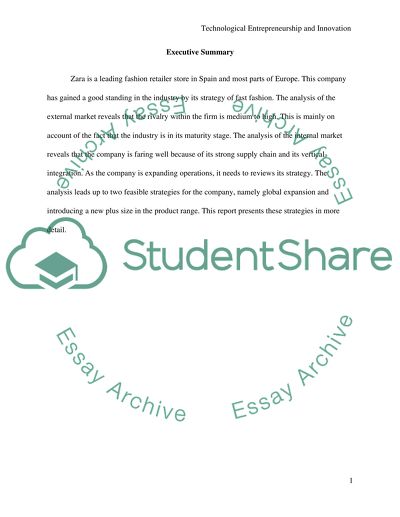Cite this document
(“Zara Company Analysis Essay Example | Topics and Well Written Essays - 4250 words”, n.d.)
Retrieved from https://studentshare.org/marketing/1474146-zara-company-analysis
Retrieved from https://studentshare.org/marketing/1474146-zara-company-analysis
(Zara Company Analysis Essay Example | Topics and Well Written Essays - 4250 Words)
https://studentshare.org/marketing/1474146-zara-company-analysis.
https://studentshare.org/marketing/1474146-zara-company-analysis.
“Zara Company Analysis Essay Example | Topics and Well Written Essays - 4250 Words”, n.d. https://studentshare.org/marketing/1474146-zara-company-analysis.


